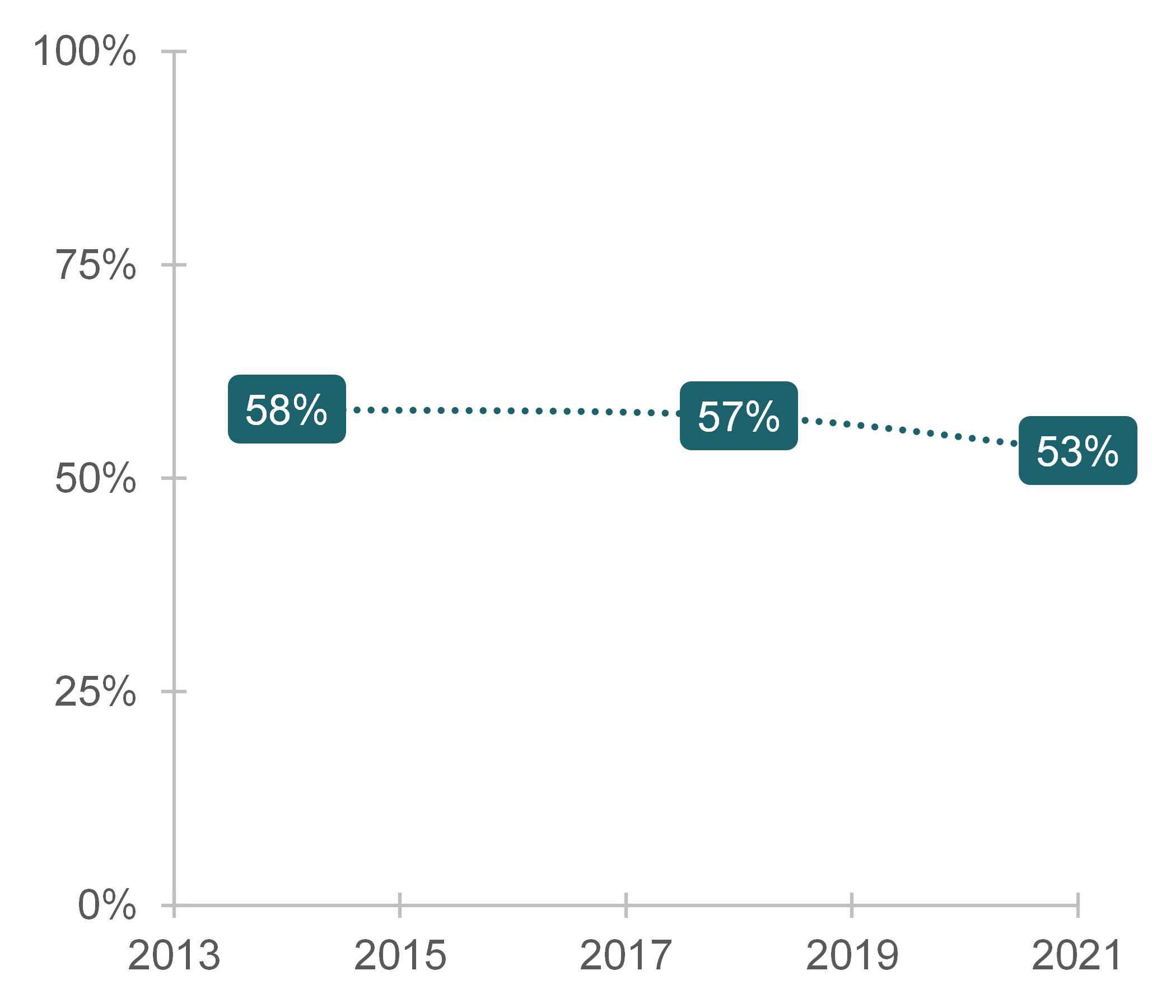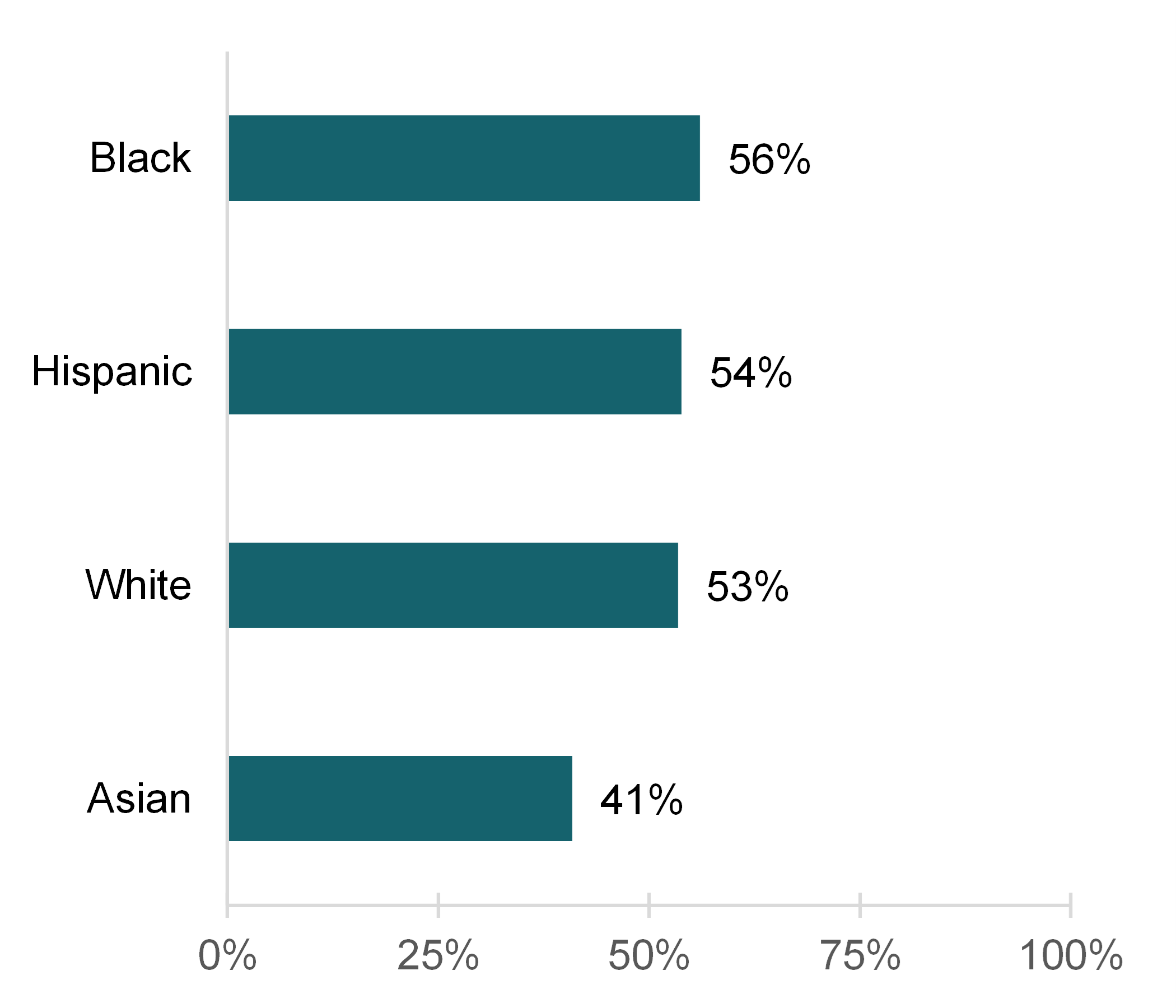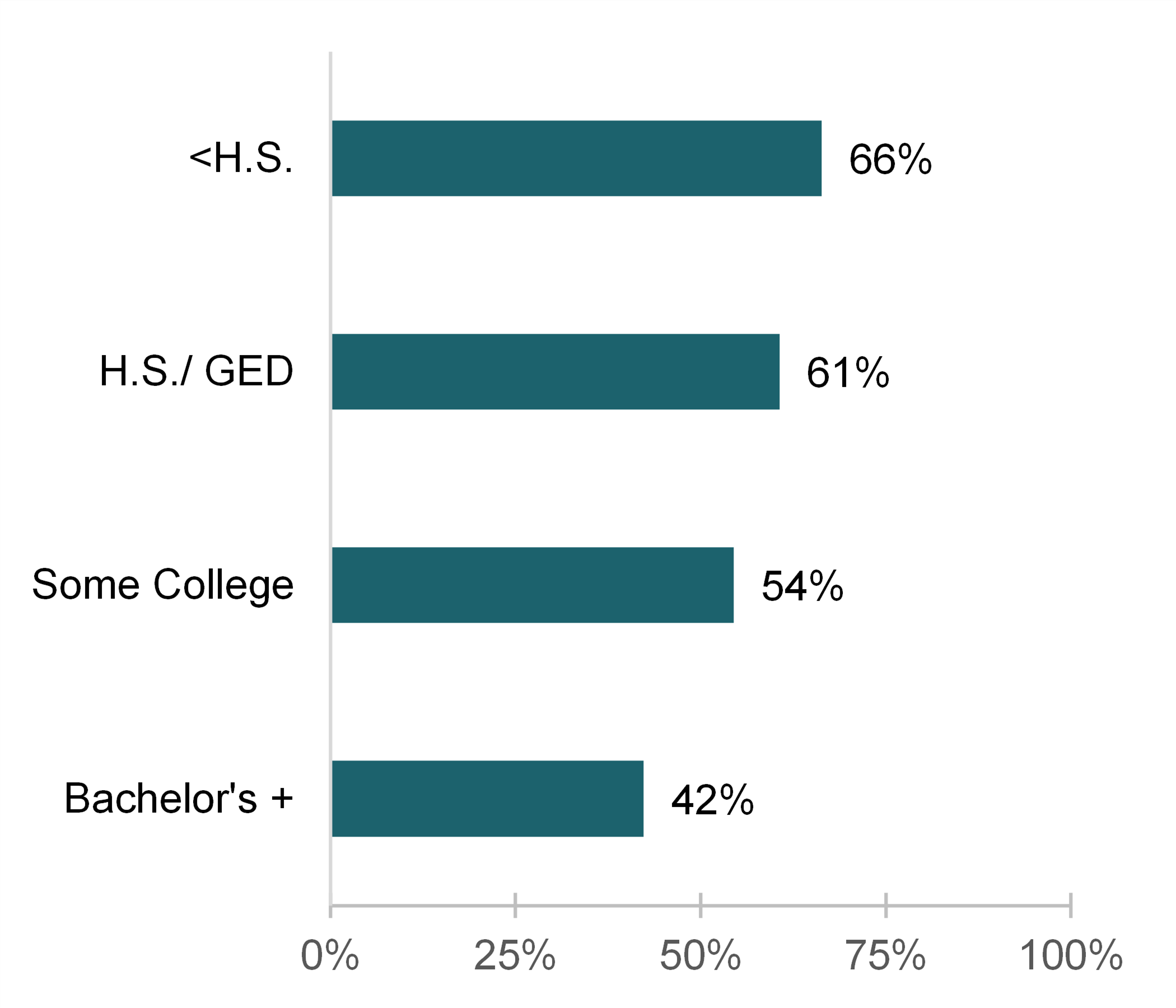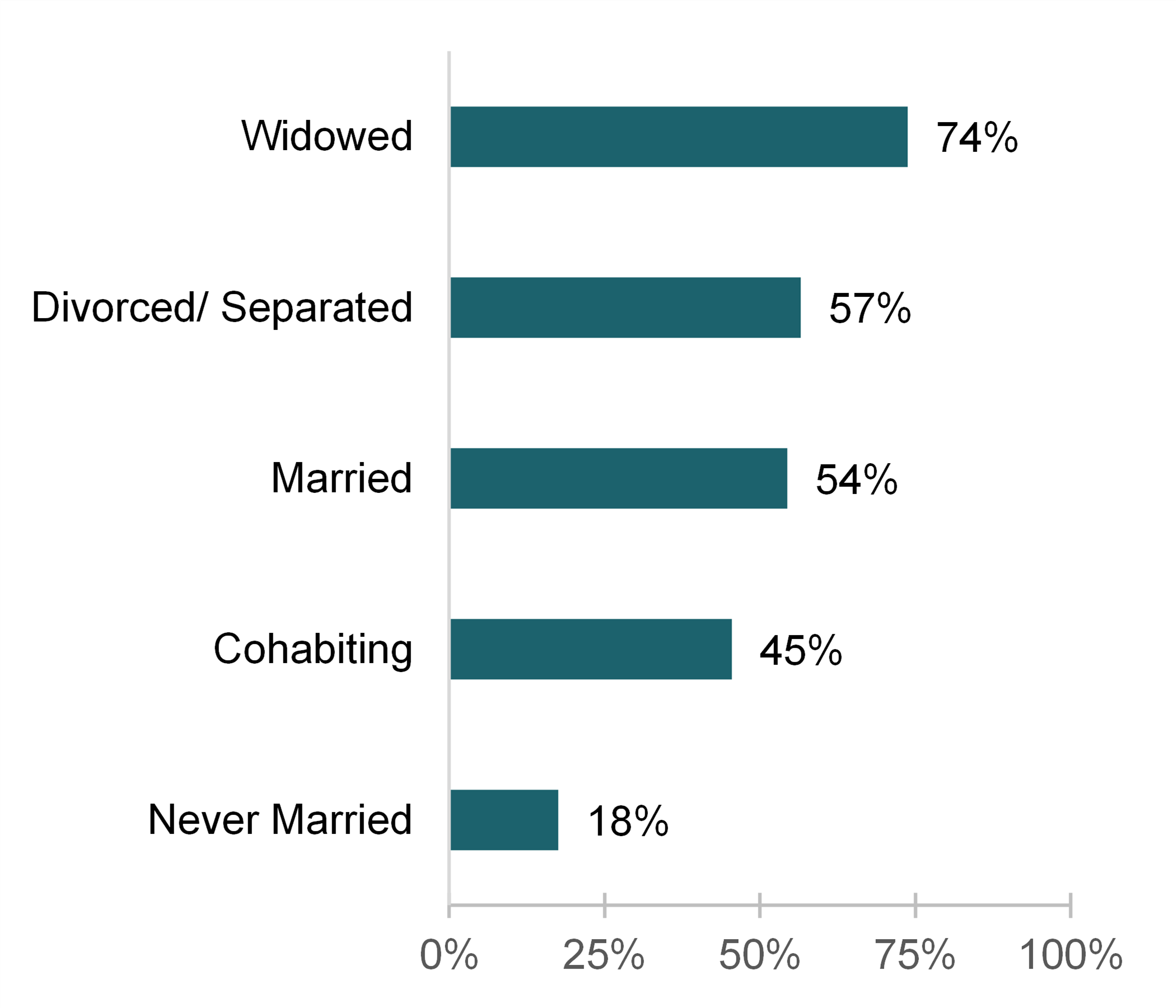Prevalence of Grandparenthood in the U.S.
Family Profile No. 01, 2023
Author: Krista K. Westrick-Payne
In 2021, approximately 63.5 million adults age 50 and older were grandparents, according to the Survey of Income and Program Participation (SIPP). The SIPP is a nationally representative household-based survey and is designed to provide comprehensive family and social information on individuals and families. Because the SIPP gathers information on all individuals who lived in a surveyed household, and directly asks respondents if they are a grandparent, it is one of the few surveys that identifies non-resident grandparents. In this profile, we identify the prevalence of grandparenthood among adults aged 50 and older and examine their demographic characteristics including race/ ethnicity, educational attainment, and current relationship status. This profile is an update of Stykes, Manning, & Brown, 2014 and Wu, 2018. It is also the first in our series on grandparents in the U.S.
- The share of older adults who report having a grandchild has declined in recent years from 58% of those aged 50 and older in 2014 to 53% in 2021.
Figure 1. Trend in Grandparenthood in the U.S., 2014, 2018, and 2021

Race/ Ethnicity and Grandparenthood
- Among adults aged 50 and older, a greater percentage of Black older adults were grandparents (56%) than those of other racial/ ethnic backgrounds in 2021.
- With only slightly smaller shares, 54% of Hispanic older adults and 53% of White respondents aged 50 and older were also grandparents.
- Those of Asian ethnicity had the smallest share reporting to be a grandparent—only about two-fifths said they had a grandchild.
Figure 2. Grandparenthood by Race/ Ethnicity, 2021


While the number of grandparents has increased from 62 million
in 2018 to 63.5 million in 2021, the share has dropped from 57% to 53%
of those aged 50 and older.

Educational Attainment and Grandparenthood
- The prevalence of grandparenthood decreased as educational attainment increased.
- Among those aged 50 or older in 2021 without a high school diploma/ GED, two-thirds were grandparents.
- Sixty-one percent of those with a high school diploma and 54% of those with some college were grandparents in 2021.
- Being a grandparent was least common among older adults who had at least a bachelor’s degree (42%).
Figure 3. Grandparenthood by Educational Attainment, 2021

Relationship Status and Grandparenthood
- Being a grandparent was most common among widowed adults, at 74%. This is not unexpected because the widowed are more often older.
- Similar shares of married and divorced/ separated adults were grandparents (57% and 54%, respectively).
- Slightly less than half (45%) of cohabiting adults aged 50 and older were grandparents.
- About one in five (18%) of never married older adults reported being a grandparent.
Figure 4. Grandparenthood by Relationship Status, 2021

Data Source:
U.S. Census Bureau, Survey of Income and Program Participation 2014, Wave 1, 2018, and 2021. https://www.census.gov/programs-surveys/sipp.html
References:
Stykes, B., Manning, W. D., & Brown, S. L. (2014). Grandparenthood in the U.S.: Prevalence of grandparenthood among adults aged 50+. Family Profiles, FP-14-14. Bowling Green, OH: National Center for Family & Marriage Research. https://www.bgsu.edu/content/dam/BGSU/college-of-arts-and-sciences/NCFMR/documents/FP/FP-14-14-grandparent-50-plus.pdf
Wu, H. (2018). Prevalence of grandparenthood in the U.S. Family Profiles, FP-18-03. Bowling Green, OH: National Center for Family & Marriage Research. https://doi.org/10.25035/ncfmr/fp-18-03
Suggested Citation:
Westrick-Payne, K. K. (2023). Prevalence of grandparenthood in the U.S., 2021. Family Profile, FP-23-01. National Center for Family & Marriage Research. https://doi.org/10.25035/ncfmr/fp-23-01
Updated: 11/12/2025 10:12AM


